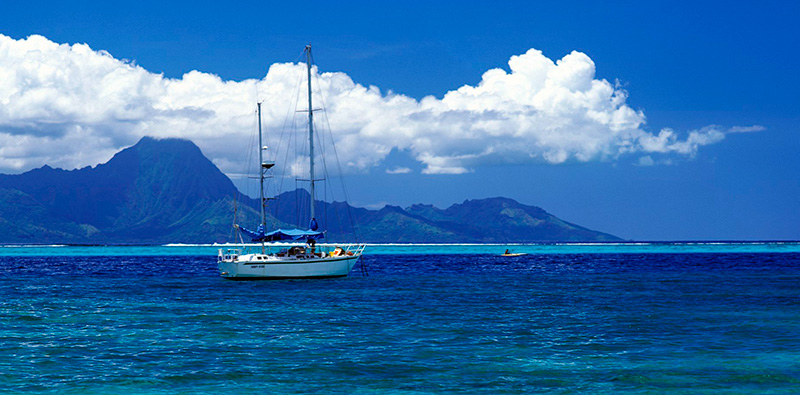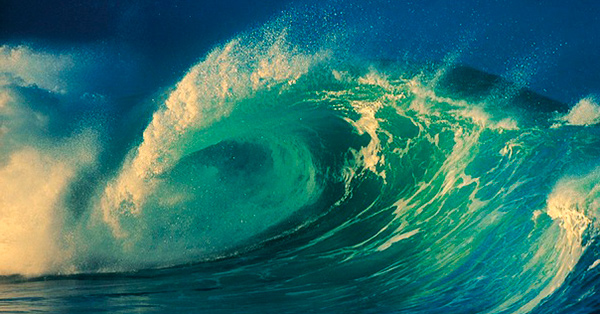
The sea always fascinates with its form, motion, grandeur and beauty. It is always different depending on the time of day, time of year, weather and climatic zone. It is hard to resist capturing such beauty.
Spectacular images can be obtained in any weather, and the rolling forward, inviting waves will help you to deal with long exposure and polish your skills.
Waves will give your photographs incredible expressiveness—you can shoot them for hours. However, in order to obtain a gorgeous shot, you must find a good point relative to the waves to capture their dynamics, or, vice versa, monumentality.
Shooting seascapes requires a heavy and stable tripod: wave oscillations and gusts of strong sea wind will not be able to overturn it, and a low shutter speed will contribute to creating memorable shots. In this case, you can use a remote control, as well.
It is clear that one would sacrifice everything for a great shot, but you shouldn’t forget that sea water is detrimental to photography equipment. You can wrap your camera in a raincoat, but you will have to rinse the tripod with clean fresh water after work. After each shoot, you should check if there are any drops of water on the front lens of the lens system: if necessary, wipe it with a liquid for cleaning optical devices.

Venture forward in search of unique scenery, beyond usual beaches that are sometimes crowded with people: inspect harbors, explore bays and coves, fishing villages, and even less popular descents to the sea. The more diverse the locations you seek, the more inspiration and opportunities for self-realization you will have.
Don’t forget about the quality of the foreground: you don’t want your photograph to be boring, so try to capture small details—they emphasize the depth of the object. Combinations of cliffs, footprints in the sand, coastal plants, or even flocks of birds bathing in the sea will help you diversify the pictures and make them much more attractive.

Great photos of coastal scenery can be obtained at dawn and sunset: the sunrays will define the structure of the photographed objects, increase the “volume” of the scene and fascinate with reflection in the water. Be sure to check the time of sunrise and sunset at your location. Arrive in advance, select a desired point of shooting, set the tripod, and when the sun starts moving towards the sunset or the dawn, start taking as many shots as possible. Enjoy this unspeakable beauty that combines the magnificence of the sea and the sun painting the landscape in incredible colors.
Don’t be afraid to shoot seascapes in the storm: this way you can get incredibly dramatic and vivid photographs. Using a lens with a large focal length, you will not need to come too close to the sea, and the equipment will not be affected. Incredibly beautiful are the images of waves crashing against coastal cliffs or large boulders. However, do not get carried away and risk damaging your camera—a great wave can derail the entire process.

Don’t focus only on shooting water: look around and you will find many details to decorate your photograph. These can be someone’s footprints in the sand, a lonely man walking on the shore, algae sprawled out on the water surface, or the brilliance and variety of pebbles.
Don’t forget about yourself, either. Be sure to dress appropriately—it can be cool early in the morning by the sea. If you have a tripod and a remote control prepared, take a few shots of yourself. Your friends will be delighted with these photos, and to you they will be a souvenir of a pleasant adventure.




